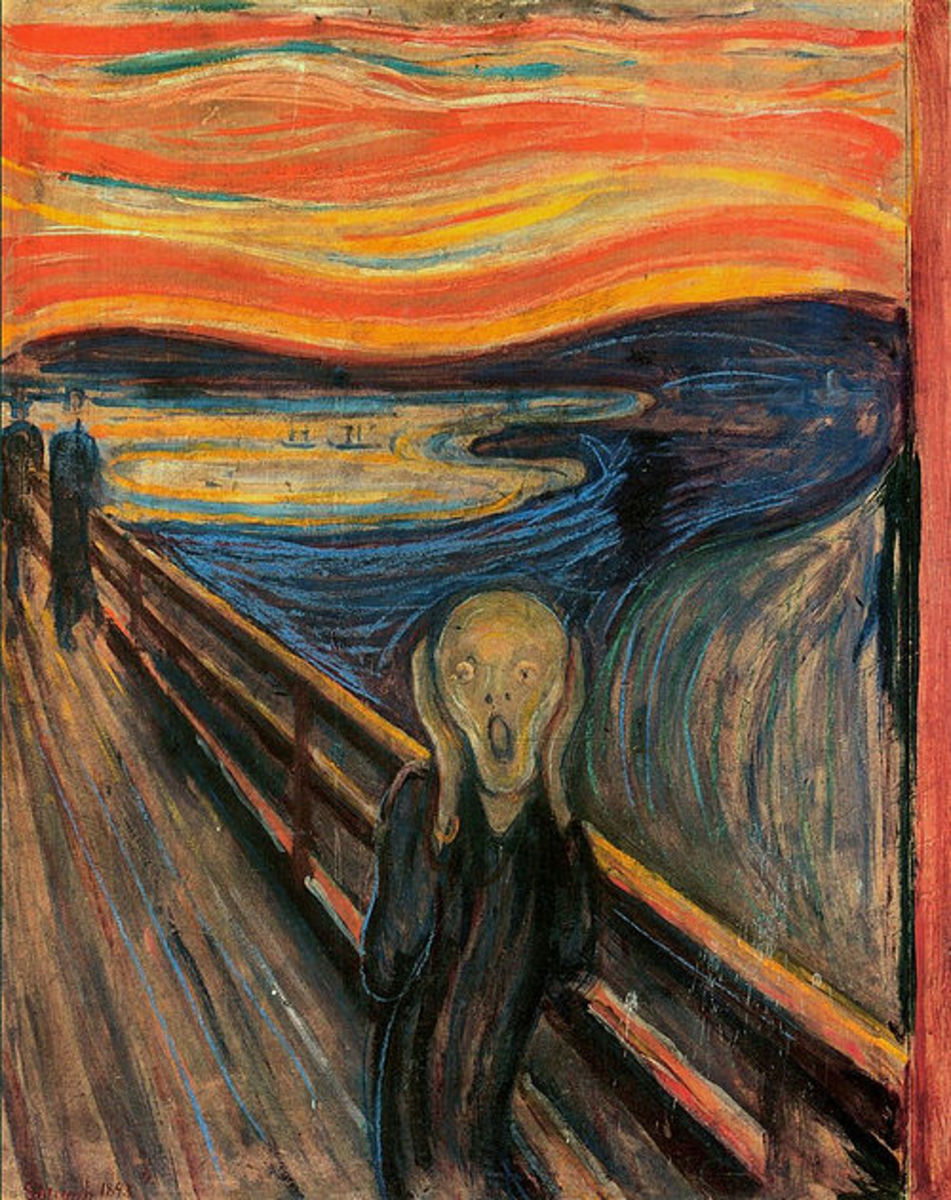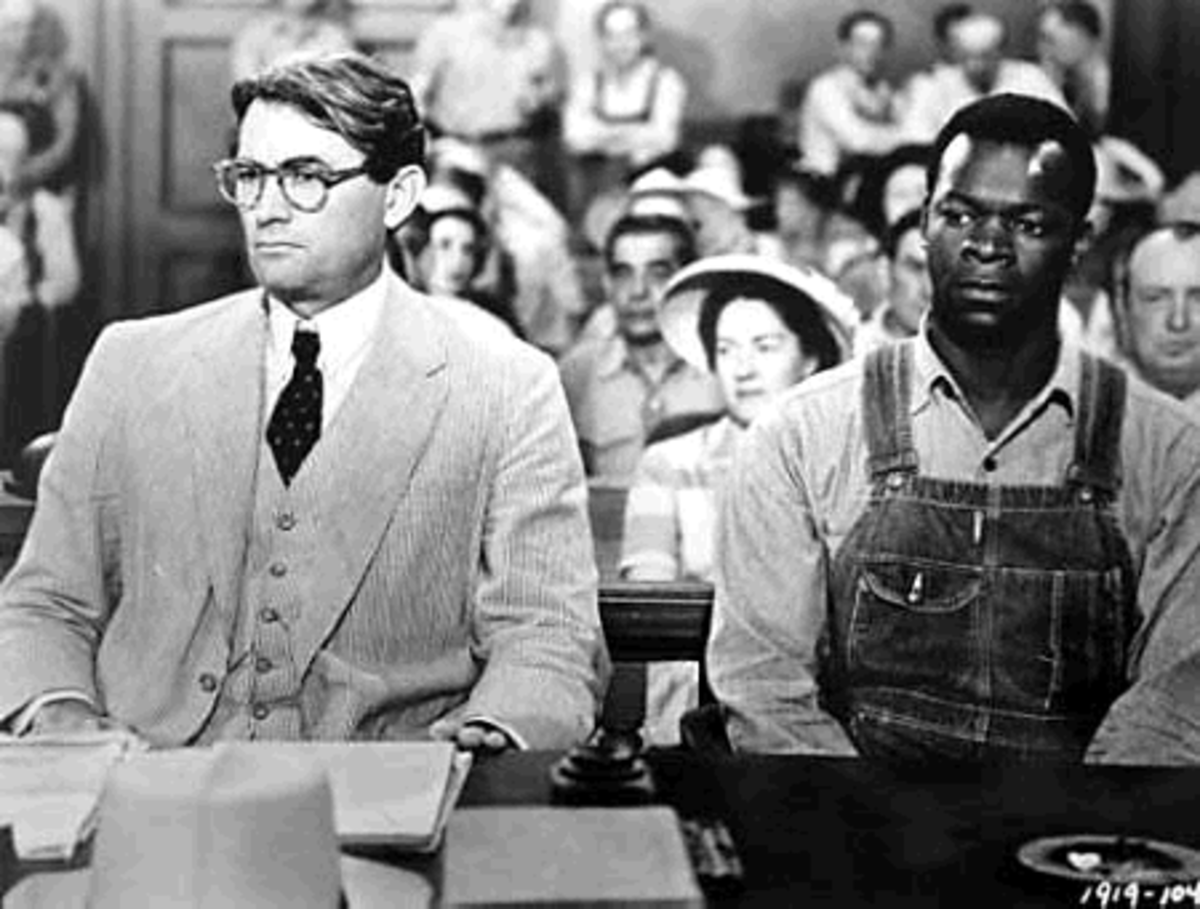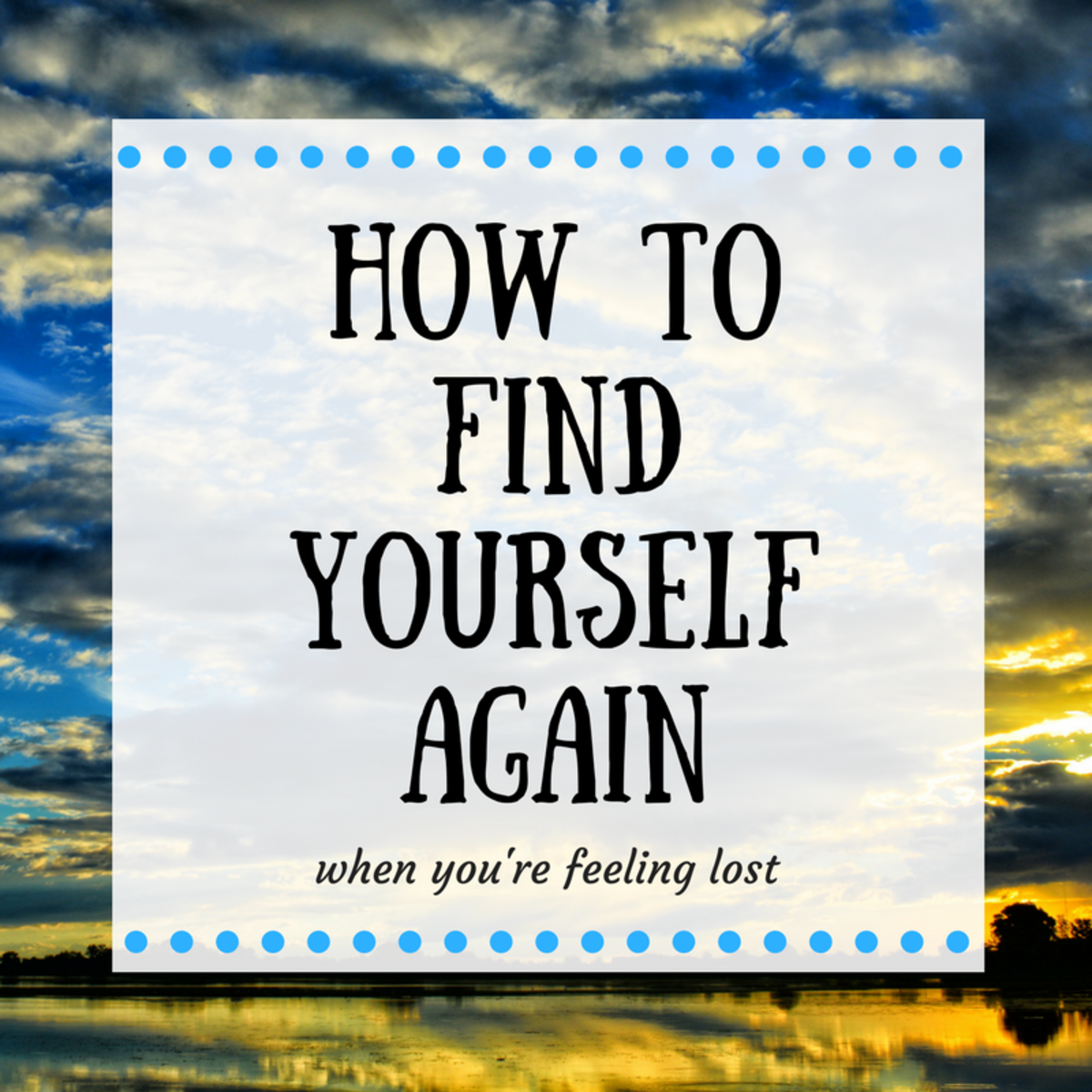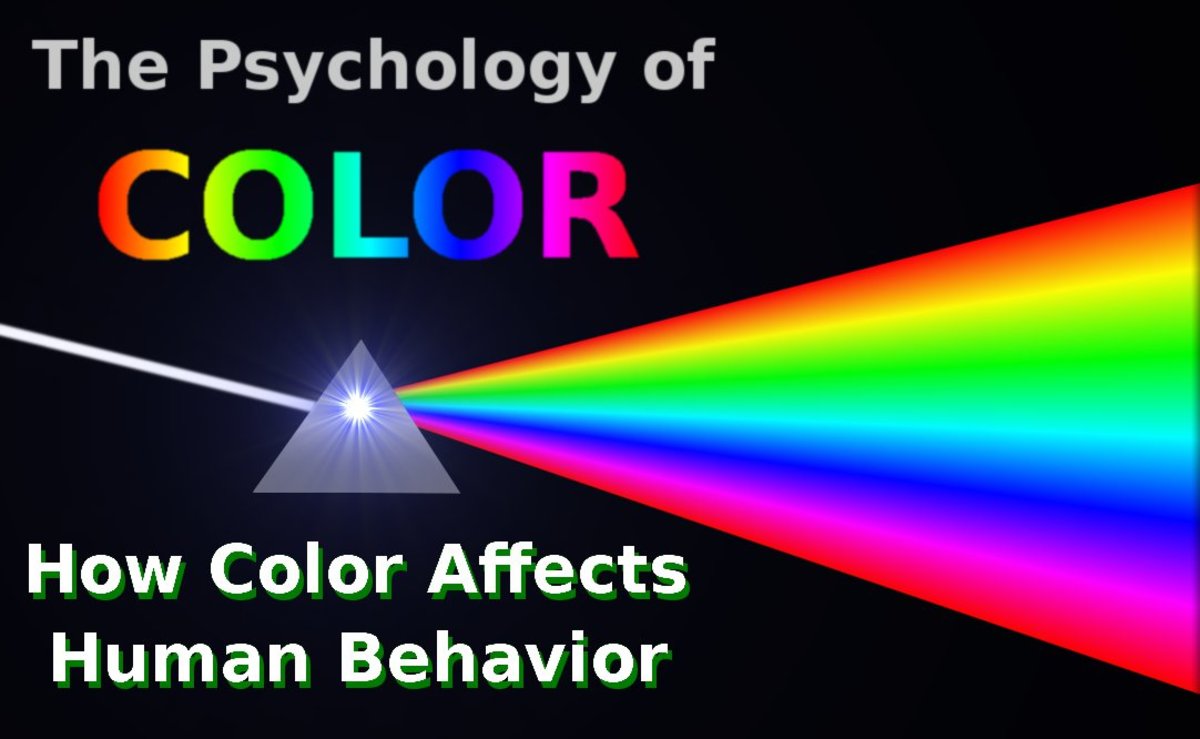The Fearless and the Fearful
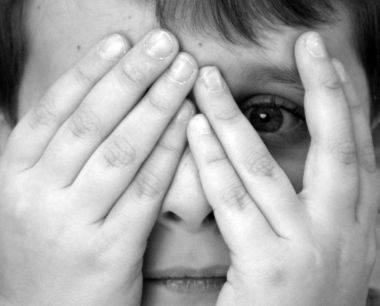
In his essay “The Futile Pursuit of Happiness” New York Times Magazine journalist Jon Gertner explains “how we forecast our feelings, and whether those predictions match our future emotional states” or not (Gertner 1). Gertner focuses on the practices and studies by a Professor Daniel Gilbert from Harvard University’s psychology department that claims he studies happiness. However, Gertner goes on to decide that “it would be more precise to say that Gilbert…has taken the lead in studying a specific type of emotional and behavioral prediction” (Gertner 1). Gilbert ran a series of psychological studies involving participants that through life have proved humans tend to overestimate the good and bad in life: “on average, bad events proved less intense and more transient than test participants predicted. Good events proved less intense and briefer as well” (Gartner 1). Gilbert along with the Tim Wilson, a psychologist at the University of Virginia, George Loewenstein, an economist at Carnegie-Mellon, and Daniel Kahneman, a psychologist at Princeton, are the front runners of emotional and behavioral prediction. This group of intellectuals discovered that humans waste most of our lives over analyzing situations due to overestimation. These extensive and concise studies left Gilbert, Wilson, Loewenstein, and Kahneman with a few unanswered questions: “Would a world without forecasting errors be a better world? Would a life lived without forecasting errors be a richer life?” (Gertner 4). Loewenstein believes, for him at least, “a life without forecasting errors would most likely be a better, happier life” (Gertner 5).
Likewise, in her essay “Calculated Risks” K.C. Cole considers how people are externally influenced, when it comes to risk assessment. She explains those external influences in three separate techniques: numerical statistics, psychological studies and personal experiences. Additionally, she addresses how these external influences have led to the poor risk-taking processes people use. Everyday occurrences have a higher risk as something most people fear. Most of the confusion around risk taking is people’s misunderstanding of statistics. For example, there’s a better chance of dying because someone is unmarried than from cancer. However, not all risks are bad, risks aid in progress and in the end, as morbid as it may seem, we’re all destined to die. Nowadays, people are overly concerned about one time happenings such as plane crashes, instead of the hundreds of deaths daily of starving children. Such thought patterns have distorted the human race’s ability to go about risk taking logically. People attempt to base all of their reasoning on numbers; however numbers are not the only thing we should rely on. Because of this out lives are controlled by caring about exotic, dramatic, singular situations to base their risk taking assessments instead of common sense, which is not very common anymore.
Though not explicitly addressed, an abstract concept that Gartner and Cole explore is how humans overestimate situations they cannot typically control. More often than not people get distracted by error. Instead of basing on actual fact, risk assessment is primarily biased according to a single person’s fears and obscure information for extraordinary instances. This kind of clouded judgment and bias is overbearing on the fragile structure that is human emotion and leads said person to worry and consider low risk situations dangerous. However, when you look at children, typically until their actions result in something irreversible and negative they are enthusiastic and daring. A child’s mind is free from error ridden risk assessment thought processes thus resulting in what that child believes in euphoria. What I want to know is when a child really becomes an adult. When is the point that a person matures past a worry free mindset and becomes riddled with fear? Also, why are children instructed to go to an adult when they are afraid, when deep down adults are far more insecure and fearful than children?
A child becomes an adult when loss of innocence occurs. By loss of innocence I mean the transformation from child to adult brought on by a traumatic experience with irreversible and negative effects. After such an event occurs, people tend to overestimate the danger of situations leaving them cowering and insecure about their own abilities. In other words it may not take much to plunge another person into adulthood, whether it’s their time to or not. An example in literature of loss of innocence is can be found in the Khaled Hosseini novel The Kite Runner. The book illustrates the lives of two boys, Hassan and Amir, growing up in Afghanistan. While Amir grew up financially comfortable with a successful father, Hassan was the son of one of Amir’s father’s servants. Amir was always jealous of the relationship his father and Hassan kept over the years. One day after participating in a kite running competition, Amir goes looking for Hassan who is found corned by a bully, Assef, in an ally. Amir then watches from a distance while Hassan is raped by Assef. This example is important because both boys lost their innocence for different reasons at this point in their life.
It seems that instead of moving past a situation that initiates “loss of innocence”, adults become paranoid and riddled with fear. In the journal article “Neighborhood Poverty and Maternal Fear of Children’s Outdoor Play” written by Ariela Schachter and Rachel Tolbert Kimbro, they investigate children's outdoor play and the parental perceptions of safety. They primarily focused on the mothers’ perceptions of their children’s safety and it was found that a majority of urban mothers were very concerned with safety. It was apparent that this fear is wide spread and irrational when it was noted that the children of these fearful mothers dipped below the recommended activeness for their ages. Buffers such as not being depressed, social support and positive neighborhood resources were suggested in this article and when applied to the fearful mothers, showed decrease in the level of fear.
Children are instructed to go to adults when they come across something that scares them (i.e. the dark, spiders) even though adults are more fearful than children are on a more wide scale view of the world. On top of the irrational childhood fears they have retained like falling, the dark, isolation they also worry about more “rational” happenings such as terrorism, car accidents and disease. Each set of fears is rational and irrational for separate reasons. For example, according to the American Humane Society there are “an estimated 4.7 million dog bites [that] occur each year in U.S. each year” and “nearly 800,000 dog bites require medical care.” Most of these attacks involve children, yet it’s considered an “irrational” fear. Whereas, in all of American history there have only been twelve terrorist attacks that happened in the United States, however it’s considered a “rational” fear.
An online article on the Lifespan website lists a few typical childhood fears: monsters, the dark, storms/thunder/lightning, bugs, snakes, social isolation, getting lost, being kidnapped, dogs, fire, and failing in school. Further in the article it is quoted that “parents can help” by being understanding, about the fear. However, I believe that parents should be more concerned about where the fear comes from. Children are very impressionable and only develop fears after incidents end with negative effects as a result of a single object or by being convinced that said object can cause these same negative effects. This is the only way to develop a fear and is technically named a “subconscious fear”. In other words, “a belief that has been accepted by [one’s] subconscious mind, usually as a result of something [one] experienced or were told as a child” (EruptingMind Education). The only other fears that are not subconscious are the two that all people are born with: the fear of falling and of loud noises. Many fears, especially of falling and loud noises, are extremely hard to completely get rid off. There are plenty of people that run on the adrenaline of jumping out of a plane at 8,000 feet, but let’s be honest. Everyone still jumps even the littlest bit when watching a fireworks show. Most do not consider this response a fearful one, but it actually is. All other fears are programming and conditioning that everyone attains by simply living. Without adult influence, children theoretically could not develop certain fears. Adults spread those fears onto their children if they feel or have felt them. So adults are effectively creating a fearful generation underneath them. But, why? For greater control or is it unintentional?



